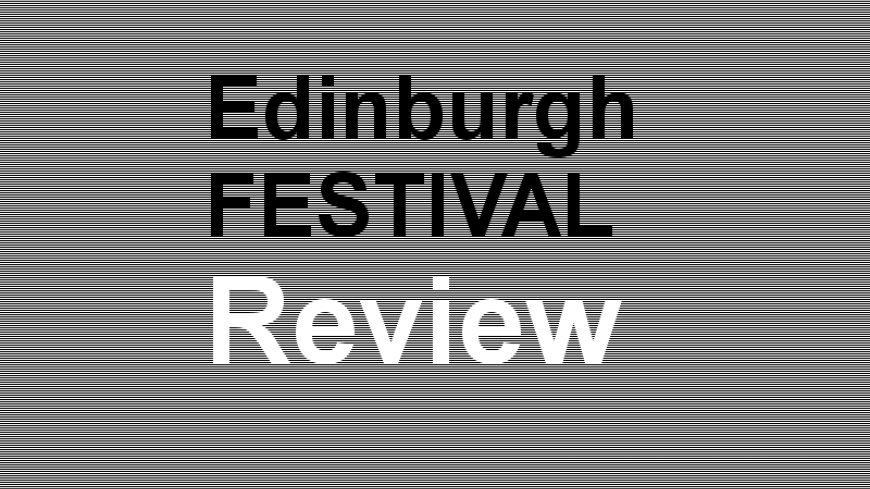
Welcome to the housekeeper’s room at Rock House on Calton Hill, the preserve of Miss Jessie Mann, housekeeper to Mr. David Octavius Hill.
There have been a number of attempts to dramatise the life and work of Hill, an important figure in the world of early photographic technique. This production differs, however, by offering a glimpse at Hill and his partner Robert Adamson, form a rather different angle.
In the absence of both of the famous partnership, Miss Mann steps in to photograph a German Prince and his ‘entourage’. Her production of a calotype photograph, of the kind made by Hill and Adamson, would likely have taken Miss Mann rather longer to produce than the hour length of the play, but it gives Fiona Stewart as Miss Mann time to talk about this fascinating period in the history of Edinburgh and Scotland as a whole.
There’s a great deal to take in as we move from The Disruption which split the Church of Scotland in two, through Hill and Adamson’s well-known recording of the ‘Free Fishers’ of Newhaven and much else before Miss Mann’s calotype is supposedly ready for inspection by her distinguished sitter.
If there’s a cavil at all this, it’s perhaps that there is simply too much, which is kind of the problem history places in the path of those who research any aspect of it. As time goes on, the canvas becomes less blank and there’s an understandable impulse to cram in everything that is often hard to resist.
Fiona Stewart’s busy script necessarily includes a good deal on early photographic process, as well as some of the better-known aspects of the lives of Hill and Adamson, although the former’s wife and daughter are absent, and the enigmatic Adamson barely comes to life.
It’s the greater pity, since Stewart’s character is well drawn, as is her background. For those of us with an interest in early photography and its Edinburgh connections, the subject remains compelling and Stewart does her level best to make it so, and it’s plain a great deal of work has gone into the shaping of the material.
That work, along with Stewart’s performance, nudge this production into the four star category. Although it may be more of a comment on this reviewer rather than the play reviewed, a further ‘caain through’ of the wealth of material available might lead to a less crowded but more balanced hour.
Run ended

